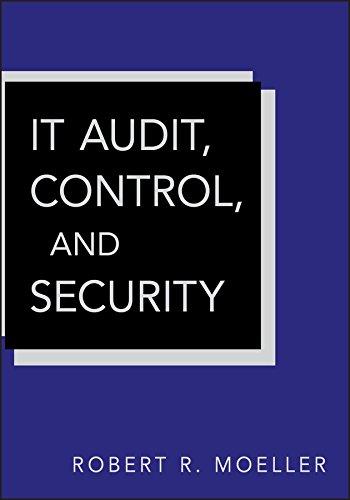Vanity Press (VP) Pty Ltd is a specialist print factory that manufactures three types of single order books: textbooks, novels and children's books. Each book is printed as a separate batch, to order, and only one print run per book is undertaken. The CEO is concerned that the current (simple) costing system may not be providing the information necessary to inform appropriate decisions about product mix and product pricing and so asks you to undertake a costing analysis of data for 2019 . During the year, sales quantities and production costs were as follows: VP's pricing policy is to charge a mark-up of 40% on production costs, to a maximum price of $49.95. Part A (7 marks) A1. Using only the information above, what was the average cost, price and proft for each book: (Hint: round costs to the nearest cent) A2a. What is the total revenue, total cost and total profit, by product line? (Round to the nearest doilar) A2b. Which product line appears to be the most profitable? Azc. Which product iline appears to be the least profitabie? A2d. If Vanity stopped making the least profitable product line and continued the other two at the same level, total profit would Assume you are now also able to uncover the following information for the year. Textbooks are printed on standard A4 paper which costs $26 per ream of 500 sheets. Novels are printed on recycled A4 paper, which is cut to AS size (Le. 4 book pages are printed on each A4 page (2 per side) and the A4 page is cut in half after printing). The recycied paper costs $14 per ream of $00 sheets. Both textbooks and novels are finished with a light cardboard cover. These covers cost $60 for a pack of 50 covers. On average, 50% of Children's books are printed on recycled paper and 50% are printed on standard paper. All children's books are a standard A4 size and finished with a heavy cardboard cover. The heavy carcboard covers cost $32 per pack of 20. Each customer order is printed as a single batch run, with the number of units determined by the type of book (see summarised below). B1. The cost of each of the following inputs has been calculated below. Identify the most relevant cost driver for each item. Using the additional information, calculate the following. B2. Assume Vanity Press now decides to use only three (3) cost activity categories (1.e. three cost pools) to alliocate indirect costs: customer orders, sheets of paper printed, and tabour hours. Identify the application rate for each cost pool, (Round your antwers to whole dollars\}. Costdriver-numberofordersCastdriver+numberofsheetsRate=$Rate=$ Cost eriver * number of labour hours thate $








